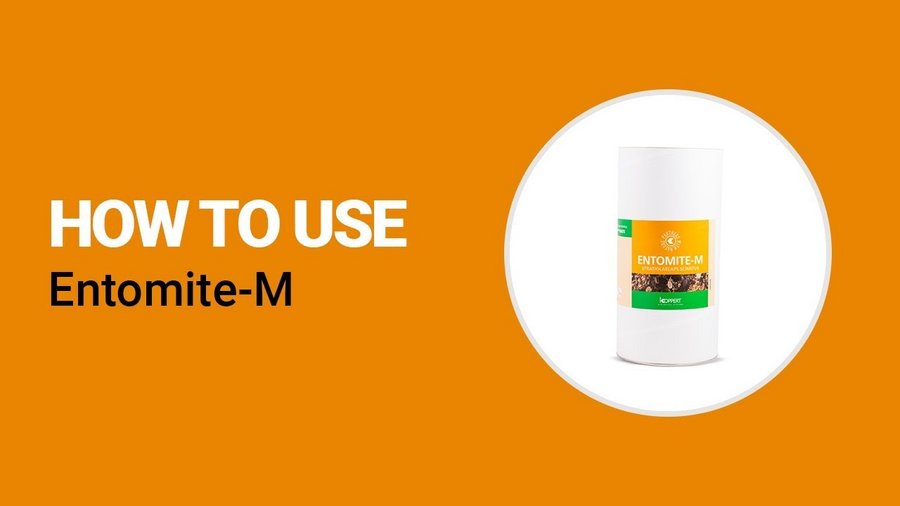The predatory mite Stratiolaelaps scimitus is also known under the scientific name Hypoaspis miles. It is a soil-dwelling predatory mite occurring naturally in several parts of the world. This predatory mite controls larvae of sciarid flies (fungus gnats), thrips pupae and other soil-dwelling insects. The mites appear in and on the soil and at the base of plant stems and offer a sustainable and environmentally friendly alternative to chemical pesticides.
Stratiolaelaps scimitus for pest control
Stratiolaelaps scimitus (Hypoaspis miles) is used for the control of the following pests:
- Thrips
- Sciarid flies (Fungus gnats)
The predatory mites feed on larvae of sciarid flies, thrips pupae and other soil-dwelling insects. The mites appear in and on the soil and at the base of plant stems. The reduction of the infestation level occurs at a slow but steady rate.
Feeding behaviour of Stratiolaelaps scimitus
Predatory mites pierce their prey and suck out the contents. Stratiolaelaps scimitus is a generalist predator. In addition to soil-dwelling thrips stages, it also feeds on fly larvae, mites, springtails, nematodes and other small soil-dwelling organisms. The larvae do not feed. Nymphs and adults prey mainly in the upper 1-2 cm of the soil. Adult females consume up to 4.5 thrips pupae per day.
Life cycle of Stratiolaelaps scimitus
Stratiolaelaps scimitus has the same life cycle as the Phytoseiidae and thus passes through the following stages: egg, six-legged larva, eight-legged protonymph and deutonymph, and adult. Stratiolaelaps scimitus is a large mite with a body length of up to 1 mm. The body is pale with a clearly visible brown dorsal shield, brown legs, and brown mouthparts. The females are larger than the males, and have a white stripe on the rear end of the body. The eggs, larvae, and first nymphal instars are white, with nymphs becoming light brown as they age. The eggs are white, oval, and approximately 0.3 mm in length.
Best conditions for use of Stratiolaelaps scimitus
For optimal results the soil has to be moist, rich in organic matter and have a loose structure. The minimum temperature for successful use of Stratiolaelaps scimitus is 15°C/59°F.
How to use Stratiolaelaps scimitus
The predatory mite Stratiolaelaps scimitus (Hypoaspis miles) is available in a cylinder (Entomite-M).
- Turn and shake the cardboard cylinder gently before use
- Spread material evenly on soil or planting medium (not on the plastic)
The dosage of Entomite-M depends on climate, crop, planting medium and pest density and should always be adjusted to the particular situation. Start introduction preventively or as soon as the first pests are detected in the crop. Introduction rates typically range from 100-500 per m2/release. Consult a Koppert advisor or a recognized distributor of Koppert products for advice on the best strategy for your situation.
